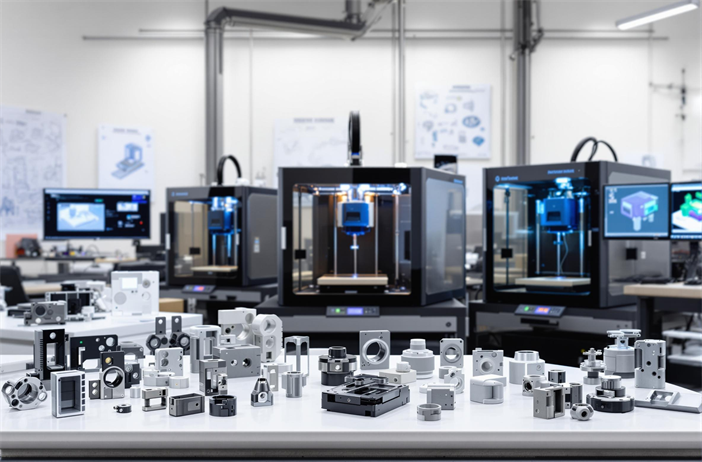FFF 3D Printing: How Mechanical Engineers Are Rewriting the Rules of Innovation

FFF 3D Printing: How Mechanical Engineers Are Rewriting the Rules of Innovation
Why Forward-Thinking Engineers Choose FFF—and the Right Partner—to Bring Complex Ideas to Life
If you’re a mechanical design engineer, you know the pressure—move fast, cut weight, hit tolerance, and get that prototype off your screen and into the real world, fast. Whether you’re developing aerospace brackets, EV battery components, or automation tooling, the gap between concept and reality can make or break your project. You’re always looking for a smarter, faster way to build functional parts—without getting bogged down by the limits of traditional manufacturing or the headaches of managing new tech in-house.
This article is your guide to Fused...
How Rapid Prototyping with 3D Printing is Changing Medical Equipment Design

How Rapid Prototyping with 3D Printing is Changing Medical Equipment Design
(and Why Engineers Should Care)
Ever wish you could hit “undo” on hardware the way you do in CAD? Welcome to the age of rapid prototyping for medical equipment—where that level of flexibility isn’t just a pipe dream, it’s business as usual.